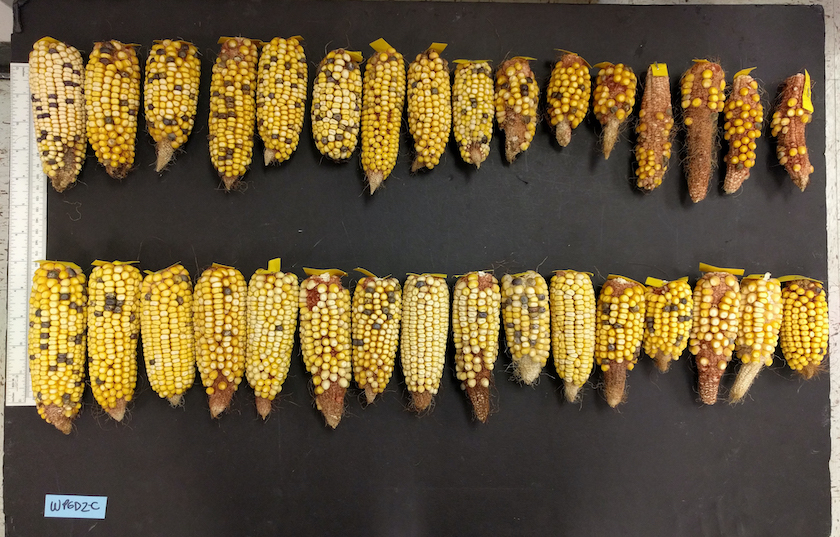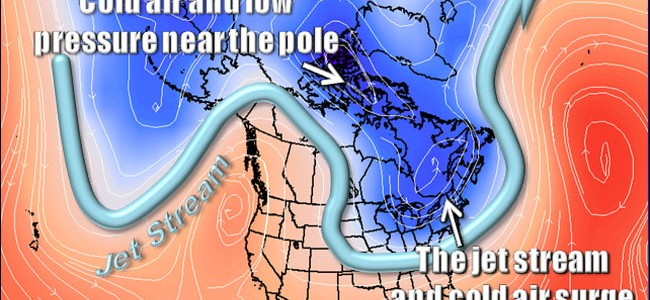Climate and Ag in the news
-

While this blog is devoted to the climate of the Southeast, we can’t help but look at what is happening in other parts of the world. All of the world’s weather and climate is linked together by the great fluid atmosphere (and the oceans, too) where what happens in one place can affect what happens…
-

A recent article in Vegetable and Specialty Crop News pointed out that recent rain of up to 3 inches in southern Florida have caused the muck soils there to hold water like a sponge. The effects on plants include stand loss and increased diseases on lettuce and beans. Fortunately, the weather for the next week…
-

Temperatures across the Southeast have been rising since the 1960s, and nighttime low temperatures have been rising almost twice as fast as daytime high temperatures. According to an article in AgWeb, “Corn thrives in hot, humid summers, but it needs cool nights to fill kernels. Climate change is causing nighttime temperatures across the corn belt…
-

Did you know that the National Weather Service is about to update their radar web site? If you use it already, you may have seen notices that the old site is going away because Flash is also going away. Their new improved web site launches this week. You can learn more about the new site…
-

While temperatures trends over time show that we are slowly but surely getting warmer over time, we still get periods of cold and sometimes even record-setting low temperatures. How can this be? What you are seeing is the difference between short-term weather and long-term climate effects, which can provide differences in what you feel on…
-

You may have read elsewhere that extra carbon dioxide in the atmosphere is a good thing for plants because it encourages plant growth. It turns out that the science is a bit more complicated than that. Some extra carbon dioxide is beneficial, but only as long as the plant has sufficient water and nutrients to…
-

If you follow astronomy, you know that a big event is happening in the sky this month. Jupiter and Saturn are appearing to get closer and closer in the sky. They will be at their closest on December 21, when they will be right next to each other. But you can already see them pretty…